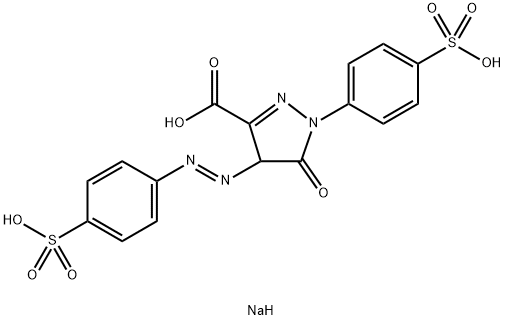PRODUCT Properties
| Melting point: | -84--104 °C |
| Boiling point: | 170-180 °C (lit.) |
| Density | 0.86 g/mL at 20 °C (lit.) |
| vapor density | 4.7 (vs air) |
| vapor pressure | <3 mm Hg ( 14.4 °C) |
| refractive index | n |
| Flash point: | 119 °F |
| storage temp. | Store below +30°C. |
| solubility | Chloroform: Slightly Soluble |
| form | Liquid |
| color | Clear colorless to pale yellow |
| Odor | Pleasant, pine-like; lemon-like. |
| explosive limit | 0.7-6.1%, 150°F |
| Odor Threshold | 0.038ppm |
| Odor Type | citrus |
| biological source | synthetic |
| Water Solubility | <1 g/100mL |
| Merck | 14,5493 |
| BRN | 3587825 |
| Dielectric constant | 2.3(20℃) |
| Stability: | Stable. Flammable. Incompatible with strong oxidizing agents. |
| InChIKey | AJSJXSBFZDIRIS-UHFFFAOYSA-N |
| LogP | 4.57 |
| CAS DataBase Reference | 138-86-3(CAS DataBase Reference) |
| NIST Chemistry Reference | Limonene(138-86-3) |
| EPA Substance Registry System | Limonene (138-86-3) |
Description and Uses
D-limonene, which is a volatile oil, constitutes approximately 98% of orange peel oil by weight and has moderately good knockdown activity against ectoparasites of companion animals. The insecticidal activity of both d-limonene and linalool is enhanced when synergized by piperonyl butoxide. Apart from toxicoses reported in cats (65), d-limonene generally has a high margin of safety.
Limonene is an antioxidant and flavoring agent that occurs in lemons, oranges, and pineapple juice, being obtained from the oils. It is a colorless liquid which is insoluble in water and propylene glycol, very slightly soluble in glycerin, and miscible with alcohol, most fixed oils, and mineral oil. It prevents or delays enzymatic browning-type oxidation.
Safety
| Symbol(GHS) |    GHS02,GHS07,GHS09 |
| Signal word | Warning |
| Hazard statements | H226-H315-H317-H410 |
| Precautionary statements | P210-P233-P240-P273-P280-P303+P361+P353 |
| Hazard Codes | Xi,N |
| Risk Statements | 10-38-43-50/53 |
| Safety Statements | 24-37-60-61 |
| RIDADR | UN 2052 3/PG 3 |
| WGK Germany | 2 |
| RTECS | OS8350000 |
| F | 8-10-23 |
| Autoignition Temperature | 458 °F |
| TSCA | Yes |
| HazardClass | 3 |
| PackingGroup | III |
| HS Code | 29021990 |
| Hazardous Substances Data | 138-86-3(Hazardous Substances Data) |
| Toxicity | LD50 orally in Rabbit: 5300 mg/kg |



